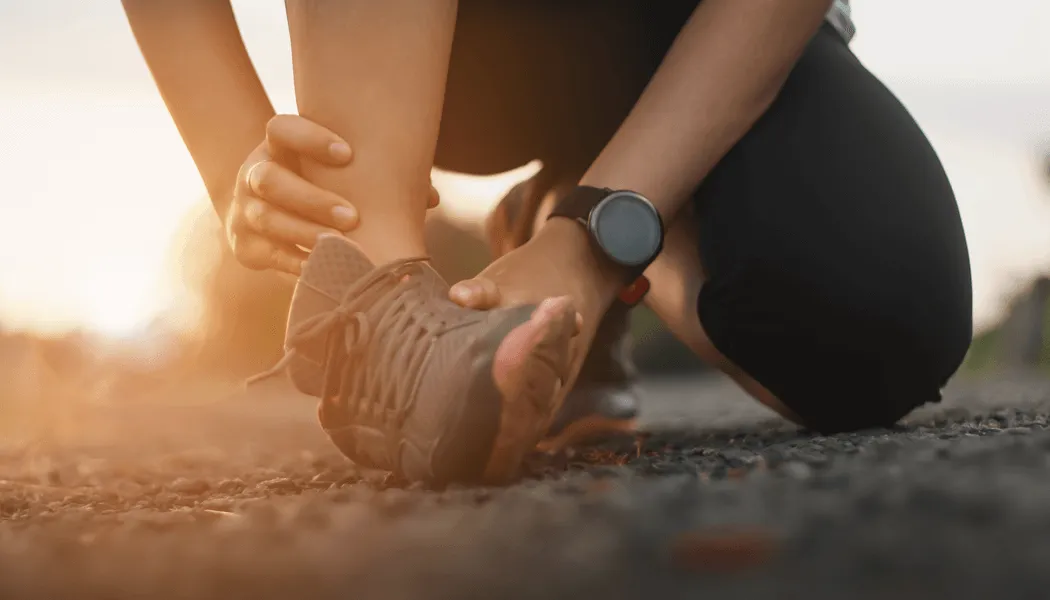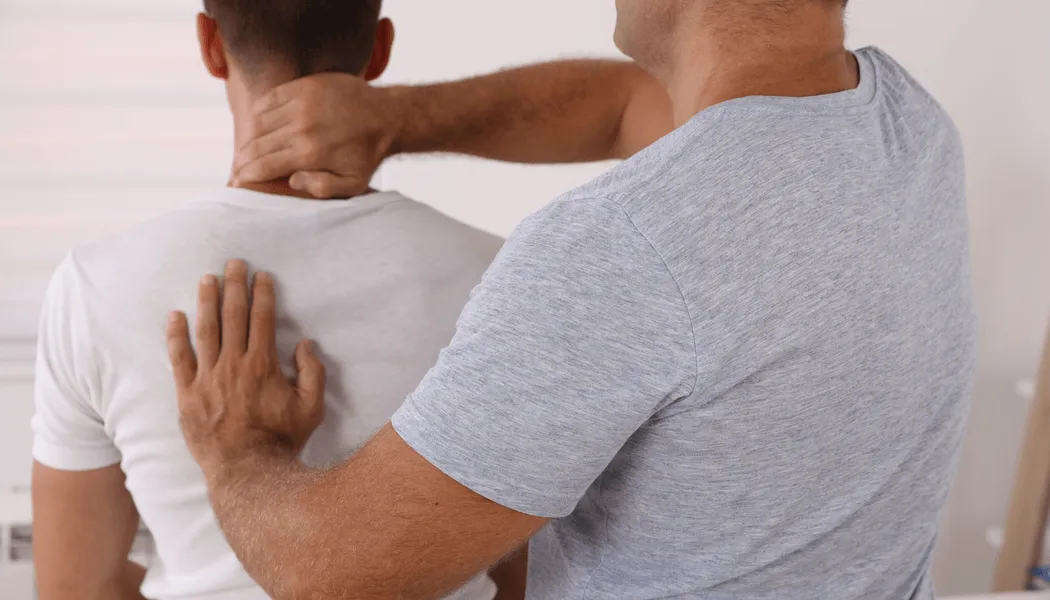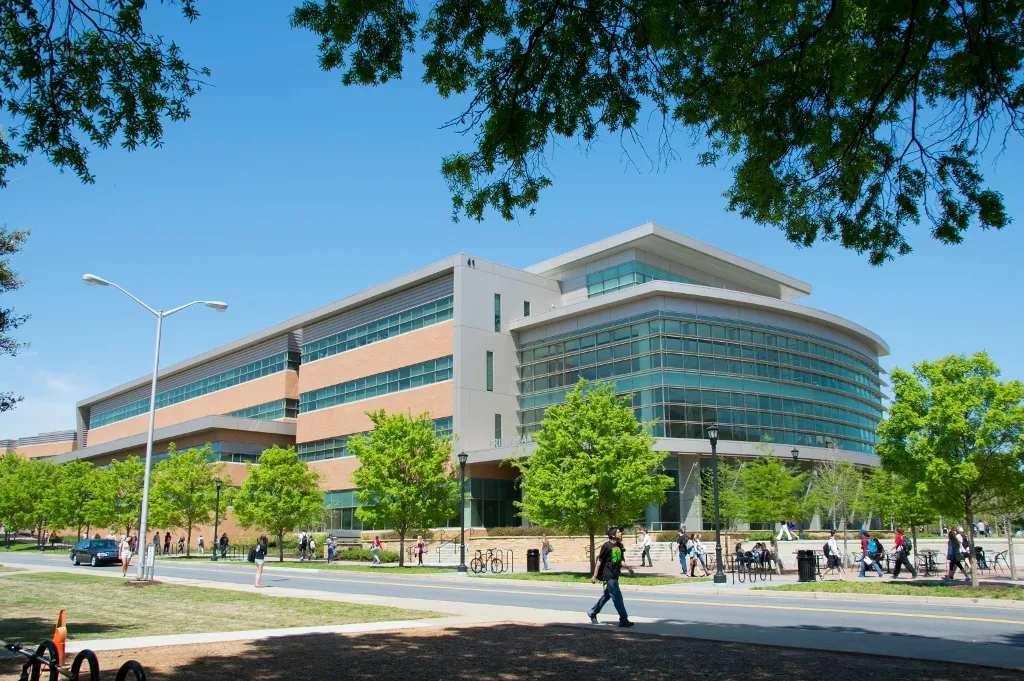Shortness Of Breathe
Also known as breathlessness or dyspnea, shortness of breath is an uneasy sensation during breathing due to lack of air. It takes place when a person is not able to breathe normally like others.
.webp)
Overview
Also known as breathlessness or dyspnea, shortness of breath is an uneasy sensation during breathing due to lack of air. It takes place when a person is not able to breathe normally like others. There are some factors, which are associated with dyspnea, which are the functional statuses of the respiratory system, mechanical and chemical stimulus, presence of any respiratory diseases, or inhalation of smoke or trauma.
Shortness of breath is a common symptom in some of the major respiratory conditions like Bronchitis, Asthma, Pulmonary embolism, and Pneumothorax, to name a few. It can further take place in people who have gained more weight and are considered obese. Even women during pregnancy might suffer from dyspnea. On the other hand, if you are suffering from other systemic conditions like hypertension, then shortness of breath comes with it.
There are so many reasons for shortness of breath, and some of those are mentioned above. This condition can lead to some serious medical emergencies. So, a thorough examination is important for diagnosing and managing the condition. Some of the usual assessments will involve blood pressure checking, oxygen saturation, and Airway Breathing Circulation or ABC.
Thoracic Expension Exercise For Muscles Of Respiration | Physiotattva
This physical therapy exercise works best for shortness of breath and chest mobility . This physical therapy exercise is useful in cases like bronchitis, asthama, post lung infections to improve lung capacity. The exercise is effective for muscles of respiration.
Symptoms
Primarily, shortness of breath symptoms will always accompany some other symptoms, which will vary based on the underlying disease, condition, or disorder. Some of those extra symptoms to consider are:
- Coughing of blood
- Cough that gets severe with time
- Coughing up yellow, light brown, clean or green mucus
- Sore throat
- Sneezing
- Nasal congestion
- Wheezing
Apart from these symptoms, shortness of breath might be accompanied by some cardiovascular symptoms as well, such as the Blue color of skin, lips, and fingernails, heart murmur, chest pain, irregular heartbeat, and rapid heart rate.
Causes
It is important to understand the shortness of breath causes first to get better treatments. Most of these cases take place because of lung or heart conditions. The dyspnea that comes suddenly has limited causes, including:
- Anaphylaxis
- Carbon monoxide poisoning
- Asthma
- Chronic obstructive pulmonary disease
- Heart attack or heart failure
- Heart arrhythmia
- Sudden blood loss
- Collapsed lung
- Pulmonary embolism
- Upper airway obstruction
If shortness of breath has been your companion for weeks and longer, then the condition might have been due to:
- COPD
- Eastham
- Interstitial lung disease
- Obesity
- Heart dysfunction
- Deconditioning
- Pleural effusion
Some of the other causes behind shortness of breath will be:
- Anxiety disorders
- Broken ribs
- Choking: First aid
- Guillain-Barre syndrome
- Kyphoscoliosis
When to See Physiotherapist
Always call the emergency number or have anyone drive you to the emergency room if you are suffering from shortness of breath anxiety. Sometimes, this shortness of breath might affect the ability to function. See emergency care if you are facing issues like nausea, fainting, chest pain, or a bluish tinge to nails or lips. You should visit a doctor if you are swelling in your ankles and feet, having trouble breathing when you lie flat, wheezing, or having a high fever with chills and cough.
Risks
There are certain risk factors associated with dyspnea. Those are:
- Obesity
- Reflux
- Allergies
- Asthma
- Chronic bronchitis
- Cancer, mainly lung cancer
- Respiratory infection
- Heart disease
How to Prevent
After learning what is shortness of breath, it is time to know more about simple steps to prevent this condition and keep dyspnea at bay. There are some lifestyle changes that will keep shortness of breath under control.
- Avoid tobacco smoking and quit smoking completely
- Control shortness of breath with pursed-lip breathing
- Try sitting forward
- Sitting forward and supported by a table
- Standing with a supported back
- Standing with supported arms
- Sleeping in a relaxed position
- Practicing Diaphragmatic breathing
- Using a fan for procuring cool air to relieve shortness of breath
- Caffeine relaxes muscles, so try drinking coffee
Treatments
It is not that tough to state that shortness of breath is an emergency and must be treated immediately. Proper shortness of breath treatment is now available from reliable doctors, who might offer steroids and anti-inflammatories whenever needed. Physical therapy is considered beneficial in those patients with some long-lasting respiratory conditions like bronchitis, asthma, and more.
The primary focus is to improve aerobic capacity through cardiorespiratory training. When home remedies for shortness of breath fail to work, that’s when you need professionals to guide you through the tricks. Some of the cardiorespiratory training will be jogging, walking, cycling, or running.
Some of the other breathing exercises like pursed-lip breathing, diaphragmatic breathing, and incentive spirometry can be performed to address shortness of breath at night but only under the professional supervision of a well-trained physiotherapist. Couching and huffing techniques are used to clear secretions from the lungs, which might have accumulated due to infection.
Resistance training is also used for increasing lung capacity and thoracic expansion. Some of the positions will reduce breathing work, therefore; reducing shortness of breath. Those positions are prone position and high-side lying. Sometimes, doctors will recommend stream inhalation, which helps in opening the airway and easing out the breathing process.
Related Conditions
Other than helping you to get a good amount of air within your lungs, proper physiotherapists can solve asthma and other chronic heart diseases through some proven medications and physiotherapies. So, make sure to keep their numbers handy as they are always waiting to cover emergency cases anytime. You can treat other breathing problems with their guidance.
Frequently Asked Questions
What are the common causes of shortness of breath?
The common causes resulting in dyspnea are heart failure, COPD, asthma, interstitial lung disease, and other psychogenic problems.
How can you beat shortness of breath?
If you don’t want this condition to turn towards the worst-case scenario, then you need to avoid smoking or exposure to pollutants. Have one action plan ready, and don‘t forget to exercise on a regular basis.
What is the best medicine for dyspnea?
One of the most commonly prescribed drugs to fight against shortness of breath will be ipratropium bromide.











.webp)

.webp)








%20(1)-p-3200.jpeg)


.jpg)
.webp)
.webp)
.webp)

